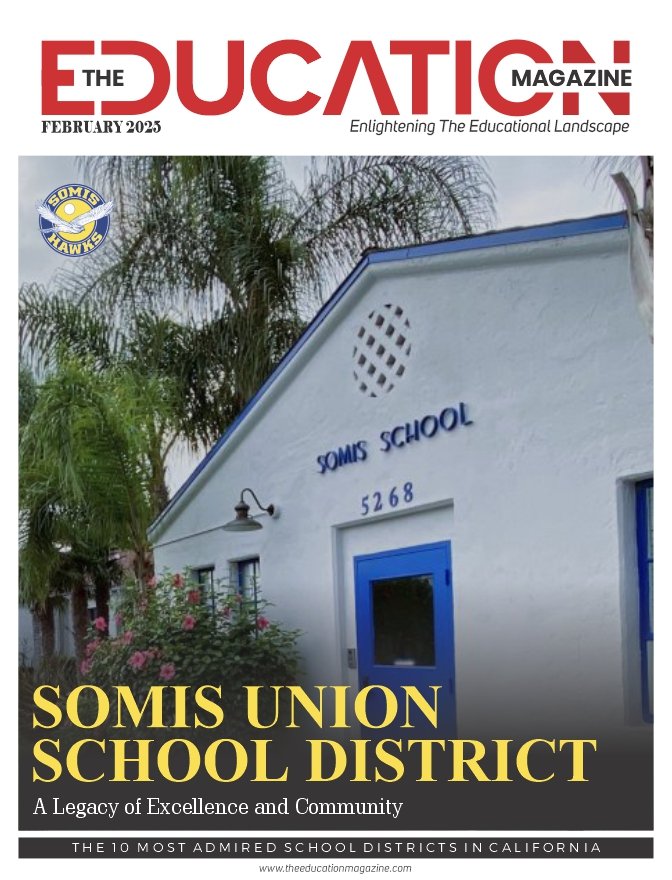Bloggers often struggle to manage their time. You might find yourself racing against deadlines or spending hours on a single post. But what if you could create better content faster? Time monitoring can help you do just that. Let’s explore how tracking your time can improve your blogging.
Understand Where Your Time Goes
Start by logging how long each blogging task takes. Write down when you begin and end each activity. You might be surprised at what you find. Are you spending too much time on research? Does editing eat up your day? Knowing where your time goes is the first step to using it better. Switching between duties can significantly kill your productivity. To avoid this, companies should utilize Software like Controlio.
Set Realistic Goals
Once you know your work patterns, set clear goals. Maybe you want to write two posts a week. Or perhaps you aim to spend no more than three hours on each article. Having specific targets helps you stay on track and motivated.
Break Down Your Process
List all the steps in your blogging process. This might include:
- Choosing a topic
- Researching
- Outlining
- Writing the first draft
- Editing
- Adding images
- Publishing
Now, set time limits for each step. This prevents any single task from taking over your day.
Use Time-Tracking Tools
Many free and paid apps can help you monitor your time. These tools make it easy to start and stop timers for different tasks. They also create reports showing where your time goes. For example, Controlio is a reliable worker tracker software program.
Identify Your Peak Hours
Pay attention to when you work best. Are you a morning person or a night owl? Schedule your most demanding tasks during your peak hours. Save easier jobs for when your energy dips.
Minimize Distractions
Notice what pulls you away from work. Is it social media? Emails? Phone calls? Once you know your top distractions, take steps to avoid them. Turn off notifications or use website blockers during focused work time.
Batch Similar Tasks
Group related tasks together. For example, do all your image editing at once. Or handle all your emails in one sitting. This approach saves time by reducing task-switching.
Take Regular Breaks
It might seem odd, but taking breaks can make you more productive. Use a timer to work in focused bursts, then take short breaks. The Pomodoro Technique, which uses 25-minute work periods followed by 5-minute breaks, is a popular method.
Review and Adjust Regularly
Look at your time logs weekly. Are you meeting your goals? Where can you improve? Be willing to change your approach based on what you learn.
Did you finish a post faster than usual? Great! Take a moment to celebrate. Recognizing your progress keeps you motivated to continue improving.
Time monitoring isn’t about working every second. It’s about making the most of the time you have. By tracking your hours, you can spot ways to work smarter, not harder. This leads to better content and less stress.
Remember, the goal is to find a rhythm that works for you. Some days will flow better than others. That’s normal. The key is to keep learning and adjusting your approach.
You have to start small. Pick one or two ideas from this post and try them out. See how they affect your work. Over time, you’ll develop a system that helps you create great content without burning out.
Also Read: AVOD vs SVOD: Choosing the Right Model for Your Content










